Political Propaganda Under Fascism and Beyond
The goal of the exhibition “Propaganda. The Art of Political Indoctrination,” on view at NYU’s Casa Italiana Zerilli-Marimò through April 17, 2020, is to examine and deconstruct how propaganda worked under the totalitarian fascist regime and to get viewers to consider how such mechanisms operate in more democratic times including the present.
“One of the goals is to think critically about political messages today,” Professor Nicola Lucchi, the show’s curator, explains.
The works displayed were not selected according to aesthetic criteria, as has been the case with several exhibitions on the subject, but rather with the intention to underline the fascist party’s approach to political indoctrination through five different sections:
The first one, “Before and After Fascism,” shows examples of political propaganda posters from the eras preceeding and following the fascist regime (1922-1943), clarifying from the start that propaganda practices aren’t excluisive to totalitarian regimes. These works range from a 1902 ad for the Socialist Newspaper “Avanti!” to a 1948 celebration of the Marshall Plan, and even a 1953 anti-communist poster.
The latter, which features an image of a foot checking off a hammer and sickle on an election ballot along with the inscription “This is how the communists vote - not the Italians,” is actually the only example of negative propaganda (in the sense that it attacks a “competitor” rather than bolster an ideology) in the entire exhibition and it’s interesting to note how it wasn’t produced under fascism (as one might expect) but rather during a period of “tense democratic debates between the Christian Democrats and the Italian Communist Party.”
“It speaks volumes to the incendiary language of today’s political discourse,” comments Professor Lucchi.
This isn’t to say that the fascist regime’s propaganda methods weren’t themselves as insiduous as they were effective. People were constantly bombarded with pro-fascist messages and Mussolini, who was a journalist by trade, closely monitored not only the promotional material on himself and his party but also all the news and reporting that circulated. All forms of media were subject to strict censorship.
The second section of the exhibition is titled “Puppeteer or Puppet?” and focuses on the role of the figure of Mussolini as a physical representation of the regime and of the Italian people as a whole. Among the heavily iconographic objects present in this part of the exhibit, one of the most emblematic is perhaps the 1934 “Si” poster by Swiss artist and designer Xanti Schawinsky, which features a huge “Si” superimposed over a giant image of the Duce. The “Si” (“yes”) refers to the alleged result of a plebiscite - an exercise carried out in order to create the impression of democracy - and is complete with made-up numbers representing the results of the vote. To further convey the message that Mussolini not only had the full support of the Italian people but actually embodied them, a vast crowd of people are photomontaged onto his bust, literally becoming his body.
An additional note of interest on this work is that Schawinsky, who was Jewish and studied at the Bauhaus, had at the time fled Germany and taken refuge in Italy, which he in turn fled when the country adopted racial laws. He then came to New York and became a Professor at none other than NYU. So it’s fitting that his work made its way back through this exhibition.
Another notable object in this section is the famous statue “Continuous Profile” by Renato Bertelli from 1933, a remarkable work, which as Professor Merjian explains, the artist had the foresight to copywright and mass produce in varying sizes and materials, rendering it the icon it is today, which continues to inspire artists, several of whom adapted the profile to resemble that of President Trump among other current political figures.
The next section, “Politics and Business,” showcases the collaborative efforts between the regime and many Italian companies including Bompiani and Fiat as well as famous designers such as Bruno Munari. On the one hand, businesses paid lip service to the regime to remain in its favor but, at the same time, the figure of Mussolini was so popular that referencing him or fascist mottos constituted a powerful marketing strategy. In a way, they engaged in a mutually beneficial relationship.
“An entire generation of Italian artists was ruined,” comments Nicola Lucchi, “because almost all of them worked for the regime.”
One of the most immediately stricking aspects of the exhibition is in fact the variety of styles showcased. There doesn’t seem to be one single “fascist” style of propaganda art (or of any art for that matter) as in the case of Nazi Germany, for example. “As long as the message was in line with the message the party wanted to send out, almost anything went,” Prof. Lucchi explains, “the more, the better.”
There are some recurring motifs such as modernity, technology, dynamism (and lots of airplanes) as well as Classical elements intended to recall the greatness of the Roman Empire, but the overall stylistic ecclecticism of “fascist art” conveys a false sense that the regime may have been less uptight and controlling than other totalitarian governments.
An inacurate conception which - as Professor Ruth Ben Ghiat, one of the foremost experts on fascism, explains - most people have of Italian fascism, which is often understood as “softer” than nazism. This misconception is tied to a number of factors, ranging from how Italy has historically (falsely) been perceived as militarily inept to how it was treated much differently than Germany during the international trials that followed WWII.
In truth, as the fourth section “The Takeover of Everyday Life” illustrates, fascist ideals insinuated themselves into every aspect of daily life, from commerce to art, culture, sports, architecture, and of course education, under the false pretense of liberlism. Through the numerous initiatives it carried out, the regime managed to draw in celebrities, artists and intellectuals, reinforcing the notion that it welcomed creativity both at home and overseas.
As the final section “Reaching Across Borders” underlines, fascist Italy - like most if not all totalitarian states, which are imperialist in nature - did not only use propaganda to target its own citizens but also made efforts to promote its achievements and ideology abroad. “These Propaganda efforts,” the section panel reads, “often targeted the United States, both to foster good diplomatic relations and to gain support for the fascist regime among the emigrant communities of the Italian diaspora.”
These included various initiatives such as flying the Italian Aviation Squad over New York, hiring Gio Ponti to design a large scale fresco for the Main Lobby of Palazzo d’Italia at Rockefeller Center, which was never realized, as was the case for the 1942 Rome World Fair, which was supposed to attract international visitors to the Italian Capital’s brand new EUR neighborhood.
Beyond clearing some common misconceptions about the fascist regime by breaking down the elaborate propaganda mechanisms - reminiscent of contemporary marketing strategies - it adopted, this exhibition is particularly relevant in this historical time and place because it can help us to understand that, as the curator notes, “today’s methods of propaganda are still the same, only the medium or platform has changed.”
And one can’t help but wonder what an exhibition about propaganda during our current historical period would look like.
---------
"Propaganda. The Art of Political Indocrtination" is on view at Casa Italiana Zerilli-Marimò through April 17, 2020.
For more information on the exhibition as well as on the ongoing series of connected events see here.
































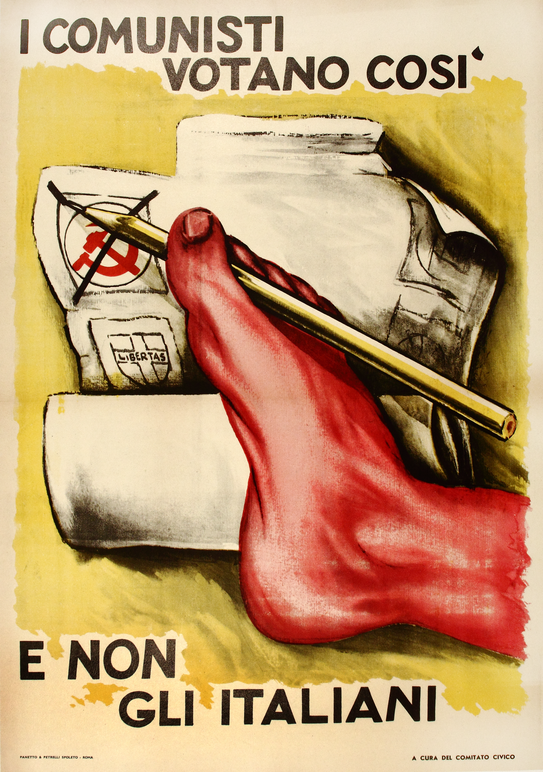

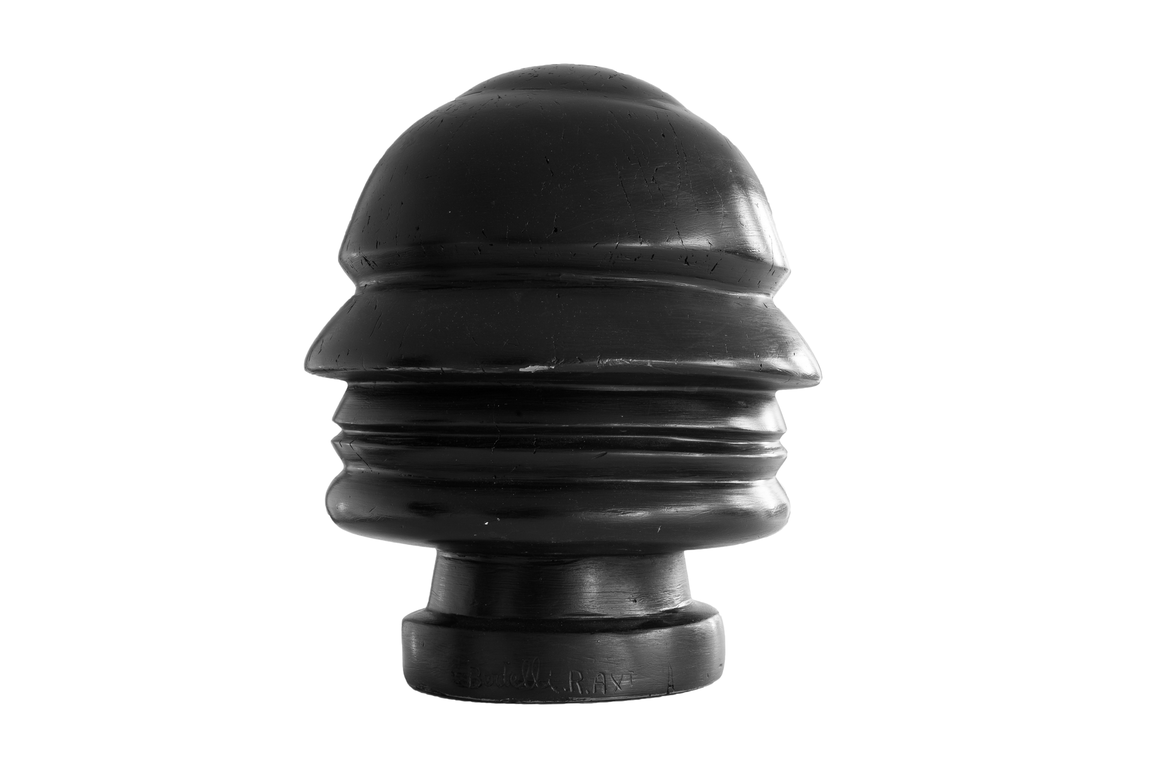
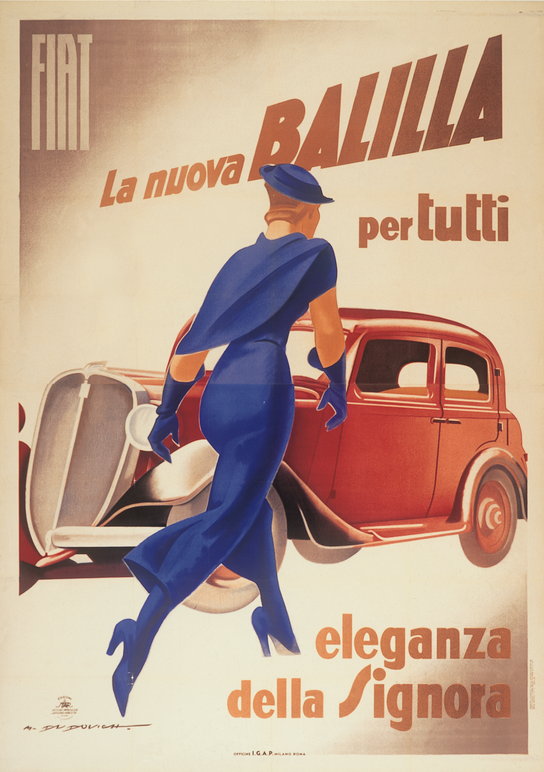


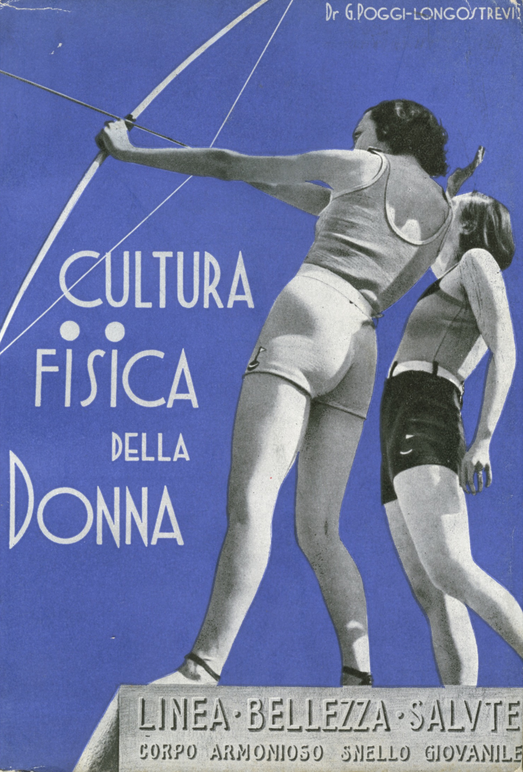



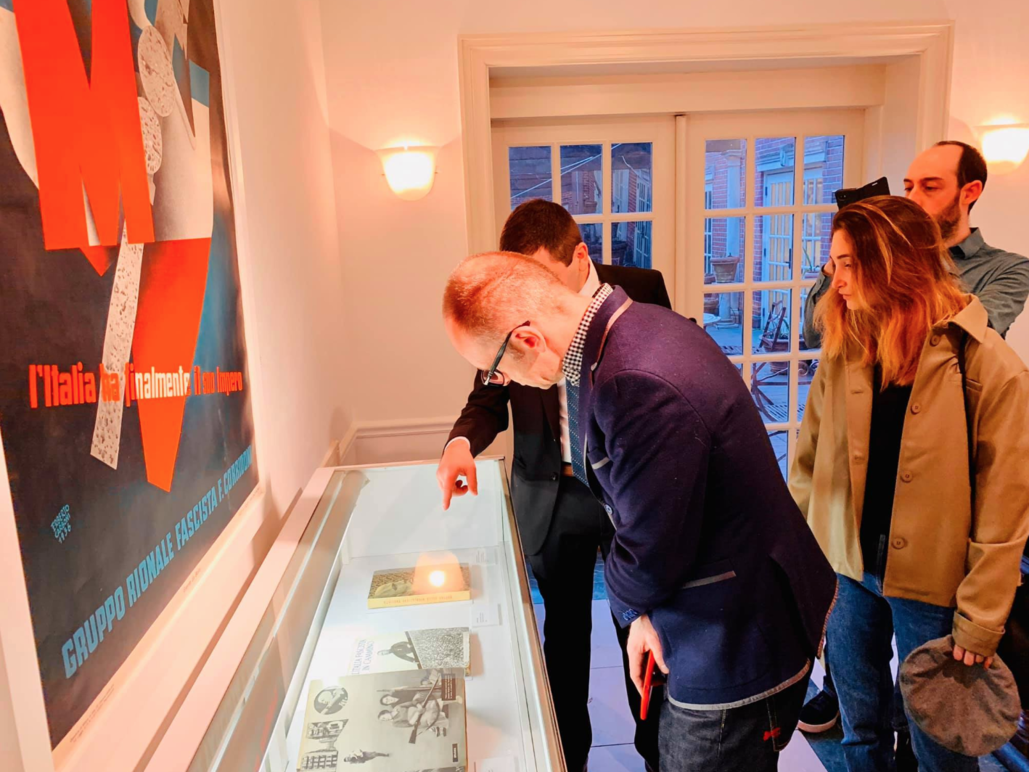
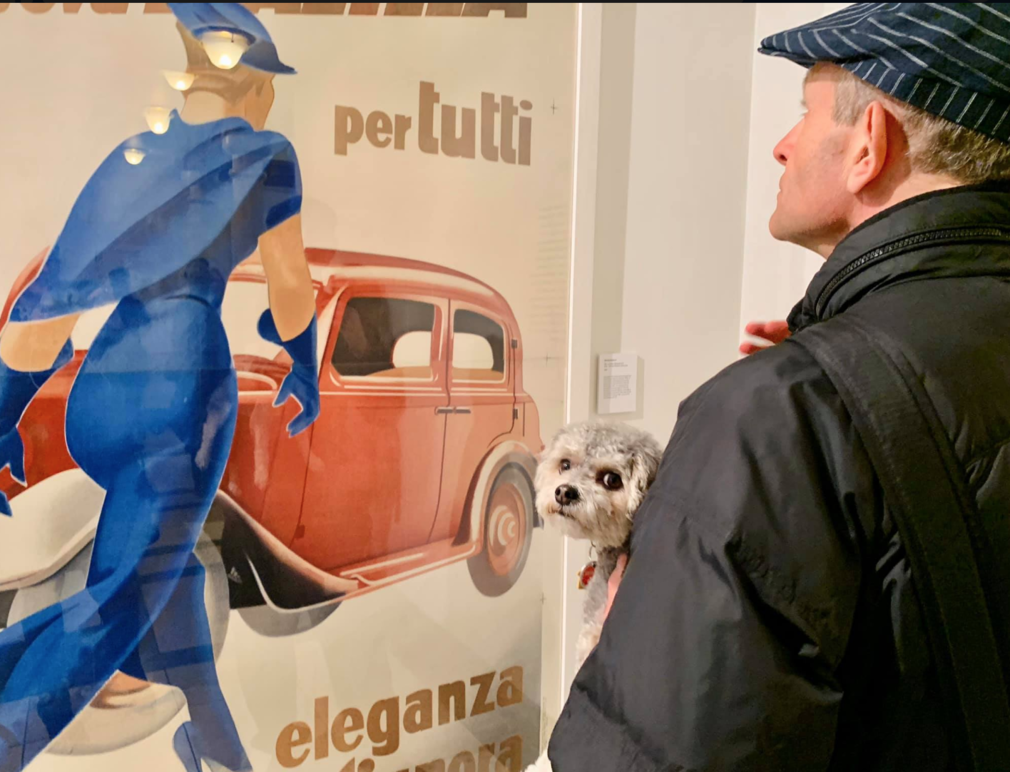
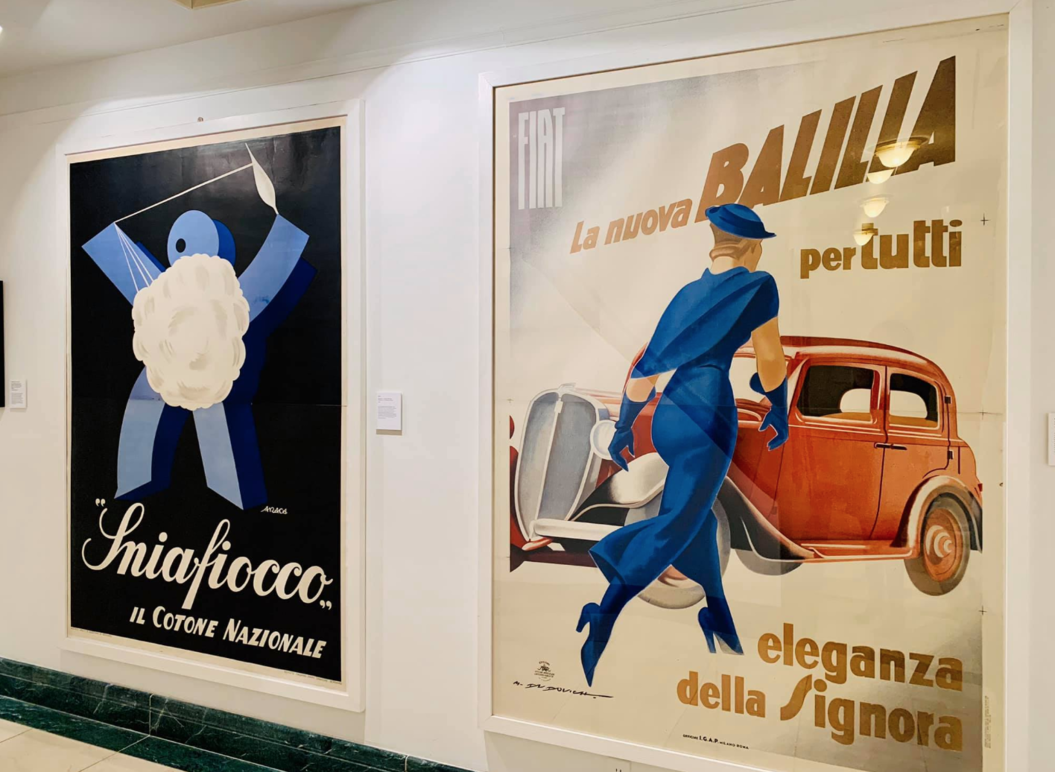



i-Italy
Facebook
Google+
This work may not be reproduced, in whole or in part, without prior written permission.
Questo lavoro non può essere riprodotto, in tutto o in parte, senza permesso scritto.